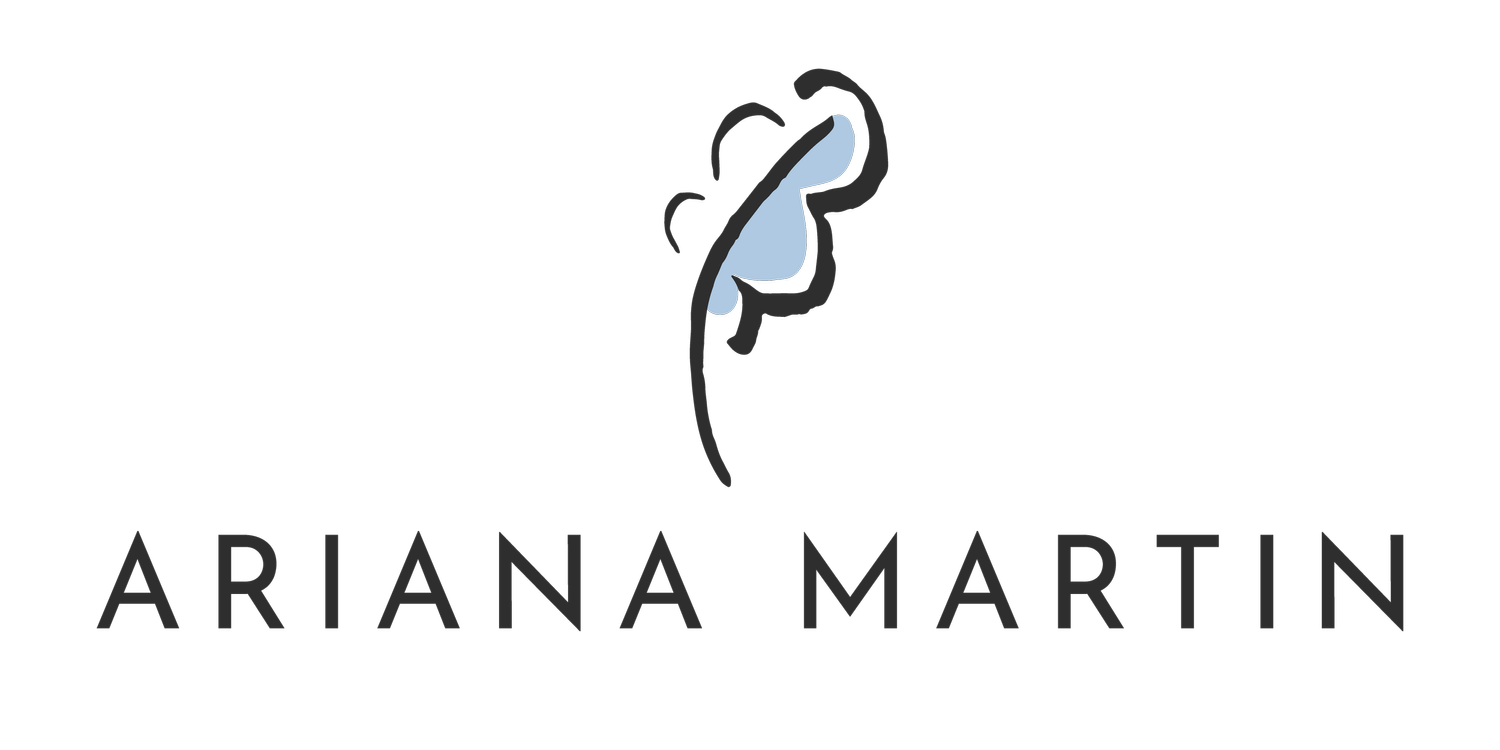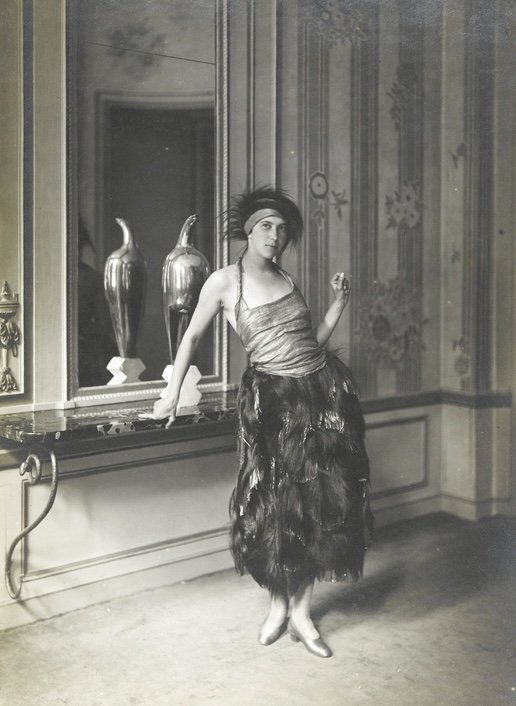PAUL POIRET & ATELIER MARTINE
Continuing my centennial celebration of the 1925 Paris Exposition of decorative arts, this month’s Spotlight On focuses on the pioneering Paul Poiret.
Paul Poiret, c.1913
Paul Poiret (1879 - 1944) was an unparalleled French fashion designer, known for his radical and modernising contributions to women’s fashion in the early 1900s. He was innovative for branching out from couture into cosmetics and furnishings, arguably becoming the first ever lifestyle brand. The first two decades of the 20th century were Poiret’s golden years, dubbed ‘Le Magnifique’ in France the ‘King of Fashion’ in the U.S.. Despite this meteoric rise, by the time he exhibited at the Paris Exposition of 1925 he was scrabbling to maintain relevance anywhere on the arts scene.
Born in the Les Halles neighbourhood of Paris in 1879, Poiret was surrounded by fabric from a young age. His father was a cloth merchant and although by no means wealthy, the family took an interest in the arts. After peddling his fashion sketches to major Parisian couture houses and creating successful garments for Louise Chéruit and Jacques Doucet, Poiret was sought out by the legendary House of Worth, for whom he designed a range of ‘everyday’ dresses. Having climbed the ranks of Paris’s finest couture houses by the age of 22, he grew frustrated by their traditional tastes and left House of Worth to establish his own fashion maison on Rue Auber; here his novel ideas could flourish without constraint.
“I am an artist, not a dressmaker”
Poiret’s wife Denise wearing Mythe dress, 1919
La Perse coat by Paul Poiret, made with block-printed textile by Raoul Dufy, 1911
Unlike other couturiers, Poiret was not trained as a traditional tailor. He declared himself an artist rather than a dressmaker, wishing to create “cloths of fire and joy”. This lent him the freedom to subvert conventional tailoring techniques, indelibly liberating women from the confines of rigid corsets and cumbersome petticoats. By introducing Eastern influences into Western dress, his loosely draped garments had more in common with the kimono than the corset. Harem pants, balloon coats and lampshade tunics were among his most famous sartorial contributions.
Unanimously described (not always favourably) as a bombastic and pompous man, Poiret held extravagant parties for the great and the good of the Paris art scene. Taking an interdisciplinary approach to design, he borrowed ideas from Diaghilev’s Ballet Russes, collaborated with modern artists Raoul Dufy and Dagobert Peche, and hired art photographer Edward Steichen to shoot ethereal images of his new garments. The photos were published in Art et Décoration magazine in 1911, making it one of the world’s first creative editorial fashion shoots. A visit to Vienna the same year left Poiret particularly inspired by the Wiener Werkstätte, who embodied the concept of Gesamtkunstwerk or ‘total lifestyle’, in which furnishings, graphics and fashion were created cohesively under one roof.
With this in mind, he founded two sister companies named after his daughters, Rosine and Martine, in 1911. Parfums de Rosine was a luxury perfume brand that produced over 40 fragrances with names such as Maharadjah and Nuit de Chine. Poiret was the first couturier to launch a signature fragrance; a commercial coupling we’re well acquainted with today (all those theatrical perfume ads you see at Christmas? You can blame Poiret). The decorative packaging was equally important; each bottle exquisitely painted by hand and each box silkscreened with sumptuous pattern. The firm, which enjoyed immediate success, also produced cosmetics and even cigarettes fragranced with Rosine scents. In this way he truly created the world’s first luxury lifestyle brand.
Toute la Foret perfume bottle and packaging, 1921
Rosine decorated powder boxes
Martine was an interior decoration studio made up of L’École Martine, Atelier Martine and Maison Martine. Rather than employ trained designers, Poiret recruited working class teenage girls to learn decorative arts in his workshop, L’École Martine. They would sketch vibrant flora and fauna in the gardens and zoos of Paris, which were made into repeat patterns for furnishing fabrics. I’m unsure how philanthropic this operation was; it could be seen as Poiret appropriating the youths’ free and unstudied creations for himself. Either way, the Martine fabrics have a painterly charm that is timelessly joyful. The textiles were block-printed by hand at Atelier Martine and all pieces were sold in retail outlets named Maison Martine, where an interior design service was also offered. The atelier later produced wallpapers, lighting, glassware and ceramics hand-decorated by Martine students.
Bluette block-printed wallpaper by Atelier Martine, 1912. Image Cooper Hewitt Museum.
Block-printed fabric by Atelier Martine, c.1920
Block-printed dress satin by Atelier Martine, 1919. Image V&A Museum.
Despite this proliferation of creative enterprises, Poiret struggled to move with the times after the First World War. His contribution to the 1925 Paris Exposition signalled something of a last hurrah for the celebrity designer. Ambitious as ever, he spared no expense decorating three barges (or peniches), which became popular exhibits along the River Seine. Each barge showcased a different facet of his work; Amour was fitted with floral furnishing fabrics designed at Atelier Martine; Delices was a luxury restaurant offering a unique dining experience complete with performers; and Orgues (yes, that translates as Organs) displayed his latest couture garments.
This opulent display was not enough to save his career however; after the Paris Expo he found himself in debt and out of fashion. French designers like Chanel swooped in to advance the fashion revolution that he had started. The stock market crash of 1929 was the nail in the coffin for Poiret’s whirlwind career, forcing him to declare bankruptcy. The remaining stock from his couture house was sold off as rags by the kilogram. Having never recovered his eminence he died in 1944, with Elsa Schiaparelli paying for his funeral. But Poiret’s legacy cannot be forgotten - as fashion curator Harold Koda says, he “developed the blueprint of the modern fashion industry”. Testament to this lasting legacy, his work is being celebrated in a large retrospective, Fashion is a Feast, starting this very week in Paris.
Postcard of péniches decorated by Paul Poiret, 1925
Interior of Amour barge at Paris Exposition, 1925











